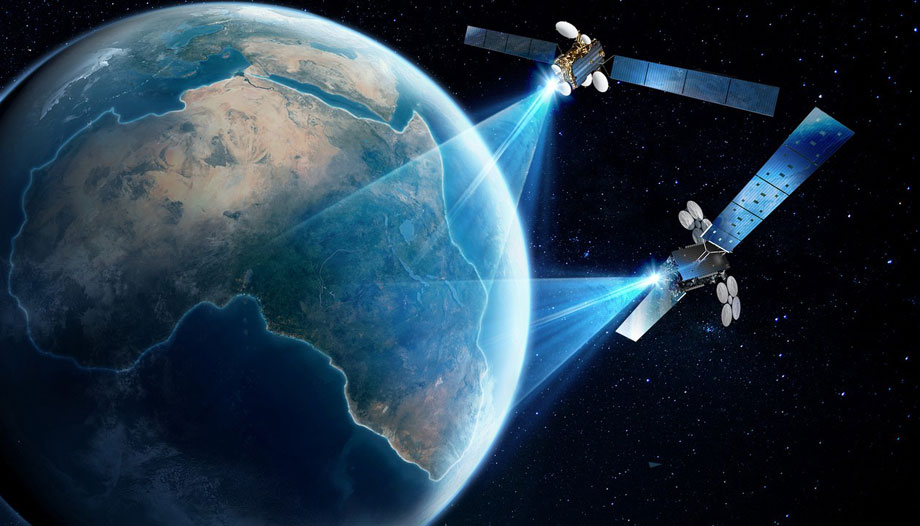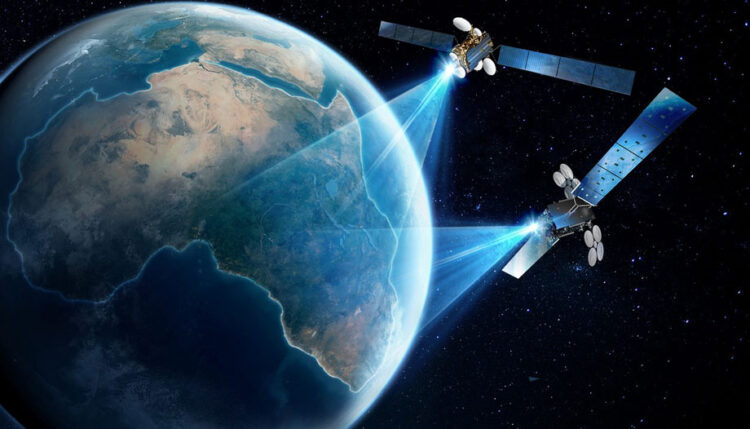

The advent of low-earth orbit (LEO) satellite services is set to significantly impact rural internet service providers (ISPs) in South Africa. While this technology presents challenges, it also offers opportunities for WISPs to enhance their offerings by partnering with LEO providers to improve broadband access.
Currently, internet connectivity in rural areas heavily relies on Wireless Internet Service Providers (WISPs), which use Wi-Fi-based fixed-wireless access (FWA) systems. These WISPs employ tall masts and specialised radio technology to deliver internet to homes and businesses. Despite its advantages, FWA is notably slower than fibre-to-the-home (FTTH) and fixed 5G or LTE services, often at similar price points. For example, a provider like Herotel offers a 4/2Mbps line at US$26, while FTTH connections frequently exceed 20Mbps for a comparable cost.
Residents in very remote areas often resort to geosynchronous (GEO) satellite internet, which is costly and requires rigorous usage policies. In contrast, new LEO satellite broadband services are emerging to address these challenges. SpaceX’s Starlink is leading thSpaceX, deploying over 7,000 satellites and serving over 10 million customers worldwide. It promises faster speeds, greater bandwidth, and lower latency than traditional options, although it has not officially launched in South Africa.
Dawie de Wet, CEO of Q-Kon Africa, stated that the launch of Starlink could disrupt revenue streams for smaller ISPs. Other companies, including Amazon with its Project Kuiper, are also looking to enter the market, focusing on commercial customers and potentially partnering with larger telecommunications companies. As low Earth orbit (LEO) technology advances, it will greatly impact internet connectivity in rural South Africa, creating challenges and new opportunities for existing ISPs.











